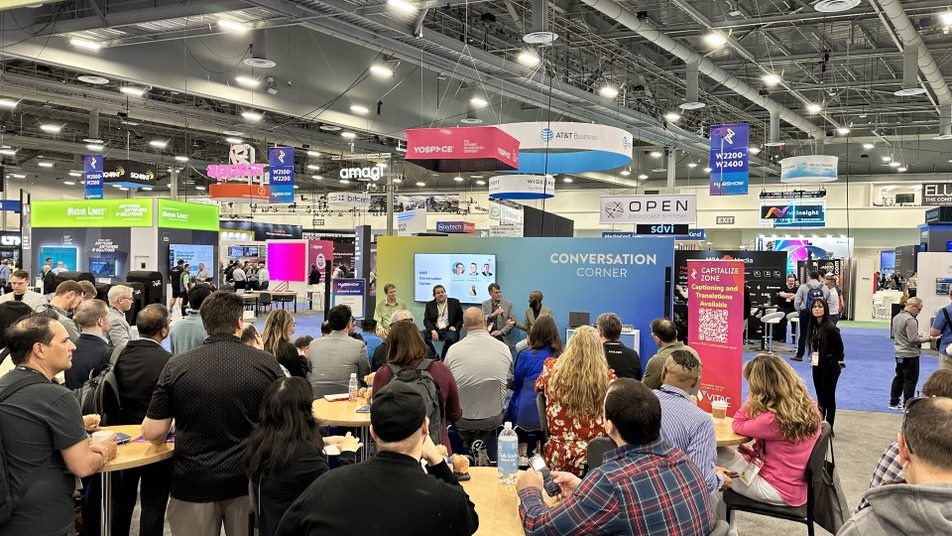The World Health Organization estimates that as much as 20% of the entire global population has some degree of hearing loss. And at least 2.2 billion people globally experience lower vision. Despite these numbers, accessibility in gaming remains an issue. And gamers are lamenting the lack of consistency and standardization across different games and gaming platforms.
The 21st Century Communications and Video Accessibility Act
The 21st Century Communications and Video Accessibility Act (CVAA) was an important step in moving accessibility in gaming forward. The act requires advanced communications services and equipment – which includes video games and gaming consoles and devices – to be accessible and usable by individuals with disabilities.
Gaps in Accessibility
When it comes to gaming in particular, the act doesn’t require that games be fully accessible. However, it does require that in-game communication aspects, like chat or user interfaces, be accessible for individuals who are deaf or hard-of-hearing or those who are blind or with low-vision. And while the act is an important step forward, it hasn’t been in effect long. Waivers and extensions kept video games exempt from the act until 2019. The act also still leaves gaps in accessibility. This means gamers with disabilities can still struggle to find games they can play and enjoy the same way others do.
Filling in the Gaps
Some gamers and advocates are trying to fill in the gaps themselves. Gaming communities and sites dedicated to sharing do-it-yourself hacks for accessible controller set-ups, or providing accessibility-specific reviews of games have cropped up and amplified calls for accessibility. And more game makers do seem to be taking notice. Beyond the potential expansion of customer base if a game is more accessible to a wider group of people, some brands have seen the advertising potential, like Xbox with its Accessibility Feature Tags. These tags allow players to see what accessibility features a game has before buying and downloading it.
Growing Momentum for Accessibility
Captions make games accessible for deaf and hard-of-hearing players. And just as with captions for videos, many are finding there are a variety of good reasons to include captions. Gamers with cognitive disabilities like ADHD cite captions as being helpful with keeping track of storylines and important sequences. They’re also helpful for gamers who struggle with reading comprehension and gamers playing games in a different language. And they help gamers who may need to turn the volume down or off for a sleeping child or roommate.
Advocates do note growing momentum for accessibility in the game industry. As a leading media and communications accessibility solution provider for 36 years, we at VITAC are cheering this growth. Accessibility in gaming is the right thing to do, for gamers, game developers, and the gaming industry as a whole. When more people are included, everyone can level up.




